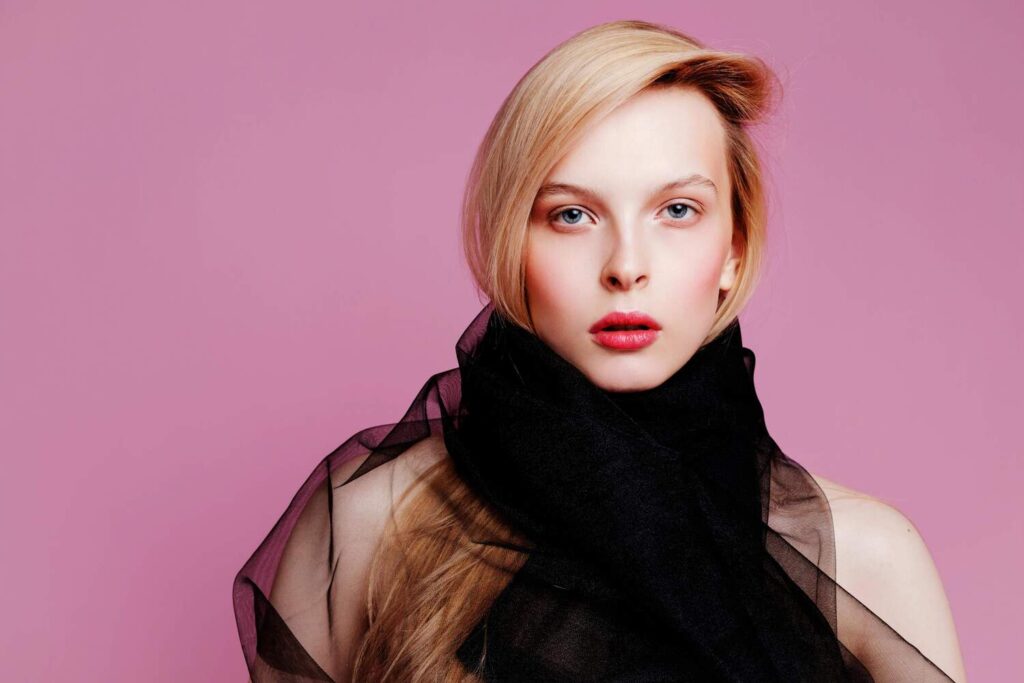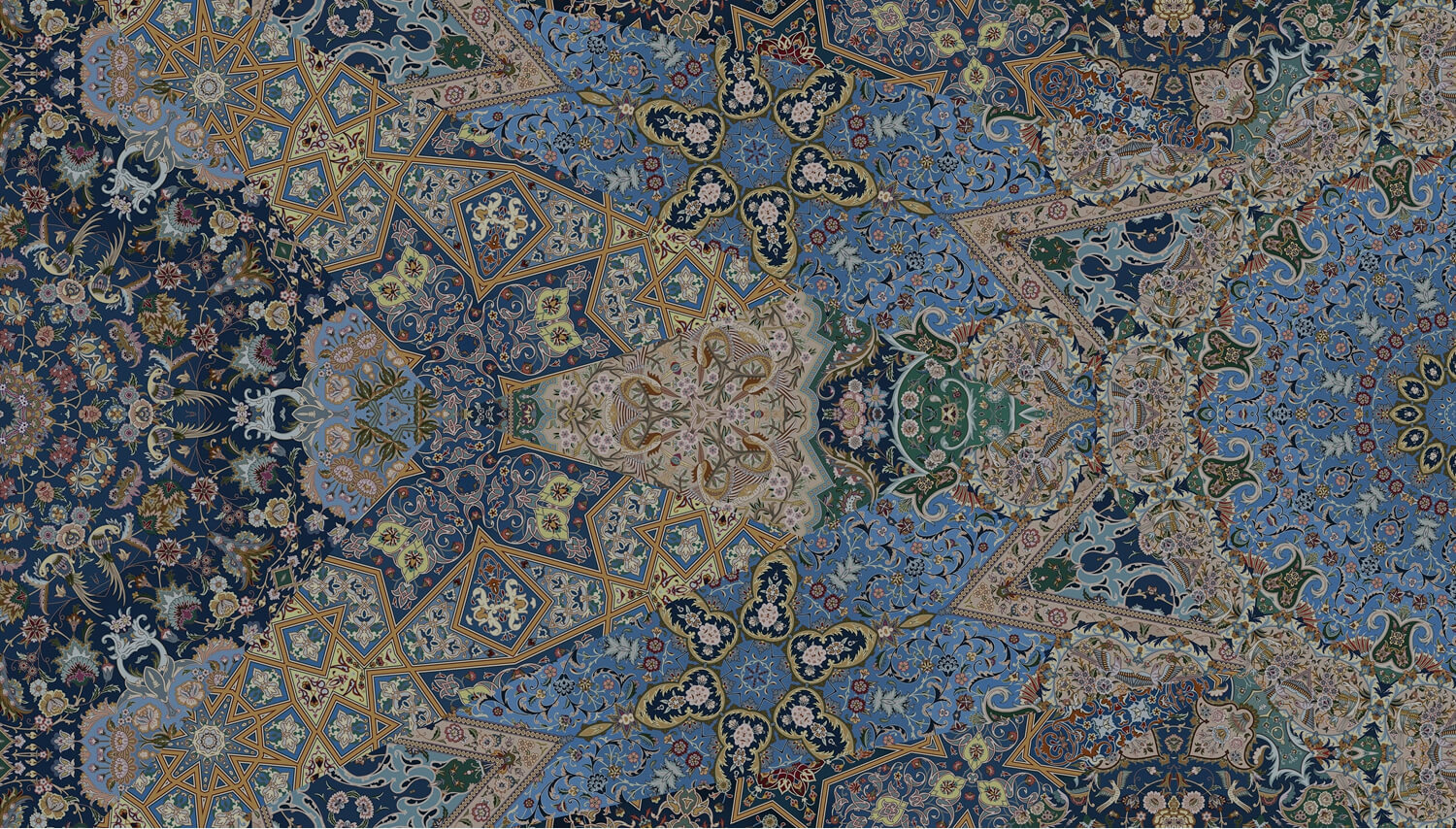- By Veronica Vander Dys
A few years ago, my sister-in-law approached me with concern after her then-teenage daughter said, “Mom, we’re dressing the same.” That statement struck a chord. Are women over 40 dressing like teenagers, or do teenagers want to look older and imitate their mothers’ style? This conversation made me wonder: does fashion really have an age? Should we even be dressing according to our age? I decided to explore this question.
Historically, it was clear when boys and girls needed to change how they dressed. For centuries, specific guidelines dictated how children transitioned into adulthood, marked by distinct dress codes. Girls, for instance, would don longer dresses and cover more skin as they entered womanhood; in some cultures, this shift included wearing veils or covering their hair, often tied to religious milestones. These rites of passage, once symbols of transitioning into adulthood, were strict and well-defined.
However, today’s lines between childhood, adolescence, and adulthood are far less obvious. There’s no clear moment when boys or girls suddenly “grow up,” and that ambiguity has carried over into the fashion world. When exactly should one stop dressing like a teenager? Is there such a thing as dressing like a teenager? And what does it mean to “dress your age” at a time when fashion has evolved into an expression of personal freedom?
The Blurring Lines of Age and Fashion
Several societal changes have contributed to the blurring of generational fashion in recent decades. The rapid rise of fast fashion, the growing presence of women in the workplace and social spheres, and evolving definitions of beauty have all contributed to a world where distinctions between age-appropriate clothing are no longer as stark.
Additionally, the beauty and anti-aging industry has flourished, promoting longer youth and encouraging people to maintain a youthful appearance well into later years, emphasizing the correlation between how you look and how you feel—look younger, feel younger. Social media platforms like Instagram have also reinforced this social pressure, where youthfulness and appearance are often highlighted.
As a result, women over 40 are often drawn to styles worn by younger generations, not necessarily to mimic them but because these clothes are usually more practical, comfortable, and accessible. Conversely, younger women may adopt more sophisticated styles traditionally associated with older generations. The desire to appear more mature, especially in professional or social settings, can lead teens and young adults to select clothing that resembles their mothers’ wardrobes.
Is There Still a “Right” Way to Dress for Your Age?
With the gap narrowing between how different generations dress, “dressing your age” is becoming increasingly outdated. Gone are the days when a woman’s wardrobe had to dramatically shift the moment she hit a certain milestone, like 30, 40, or even 50. I remember seeing articles in magazines I obsessed over in my early 20s that taught women how to dress in each decade of their lives. Today, those articles might even seem politically incorrect. Women now create fashion rules, mixing pieces that suit their lifestyles, personalities, and bodies—regardless of age.
For example, a woman in her 40s might opt for ripped jeans and a trendy graphic tee not because she’s trying to “stay young” but because it suits her mood for the day—casual, pretty, and not as serious as she might seem. Similarly, a teenager might wear a tailored blazer because it reflects her style, not because she’s trying to look older or professional. Both choose to express themselves through fashion rather than conform to rigid rules about what is appropriate for their age.
The Role of Fashion Icons
Part of the reason the age gap in fashion has shrunk is the rise of multi-generational fashion icons. Celebrities like Jennifer Lopez, Victoria Beckham, and Sarah Jessica Parker continue to make bold fashion statements well into their 50s, often influencing younger generations. On the other hand, influencers like Zendaya and Billie Eilish push boundaries with their unique styles, showing that self-expression transcends age.
Social media has also played a massive role in democratizing fashion. Anyone can become a style influencer, regardless of age or background. Platforms like Instagram and TikTok showcase people of all ages experimenting with trends, from Gen Z fashionistas to mature women flaunting their ageless beauty and personal style.
Fashion is Personal, Not Prescriptive
The idea that you should dress “for your age” is slowly being replaced by the notion that you should dress for yourself. Whether in your 20s, 40s, or beyond, the most important fashion rule is to wear what makes you feel confident and comfortable. Rather than conforming to outdated standards, modern fashion encourages self-expression, experimentation, and breaking boundaries.
Fashion is no longer about fitting into a specific mold dictated by age; it’s about finding what resonates with you. If that means pairing a youthful, flowy dress with a chic leather jacket at 50 or rocking bold, experimental looks in your 20s, then so be it.
The New Age of Fashion
In today’s world, fashion is ageless. The boundaries that once dictated what was “appropriate” for different age groups have dissolved, giving us the freedom to express ourselves however we choose. The concept of “dressing your age” has given way to a more inclusive, individualistic approach to style.
Fashion should be about feeling good in your skin, regardless of age. Carolina Herrera said, “Everyone has to have a large mirror in their home that will give them a better perspective on what they are wearing.” A critical eye is an excellent way to find your inner voice and the style that flatters each person beyond age, whether inspired by the classics or the latest trends.
The only age that truly matters in fashion is the one you feel.











